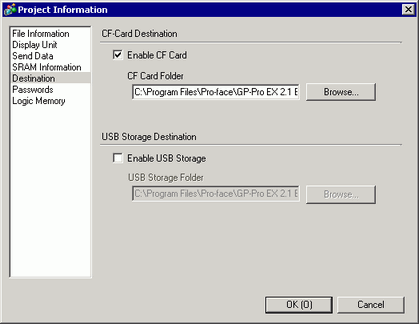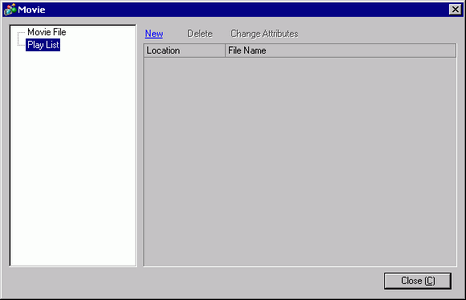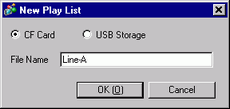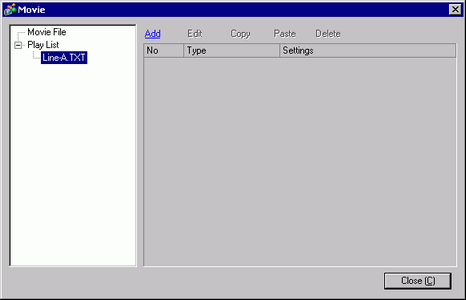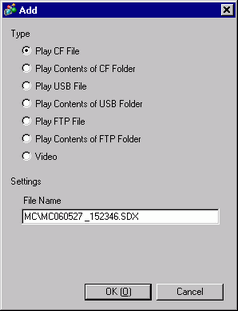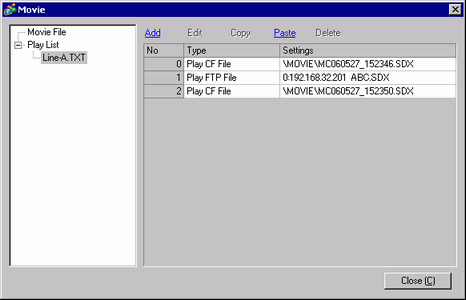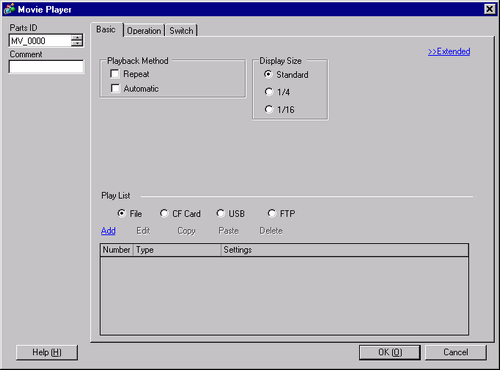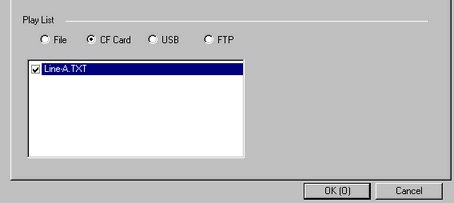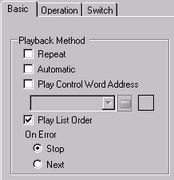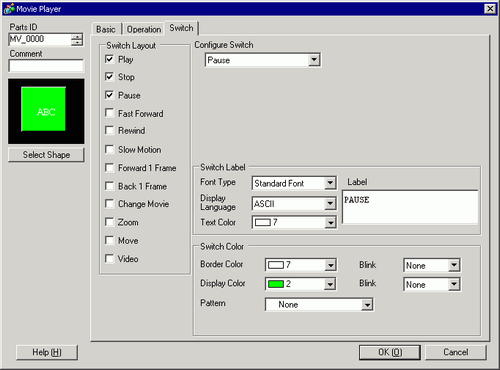![]()
Please refer to the Settings Guide for details.
 27.9.3 Common (Movie) Settings
27.9.3 Common (Movie) Settings
 27.9.4 Movie Player Settings Guide
27.9.4 Movie Player Settings Guide
 25.9.3 File Manager
25.9.3 File ManagerFor details on how to draw parts, and defining the address, shape, color, and labels, please see the parts editing topic.
 8.6.1 Editing Parts
8.6.1 Editing Parts

